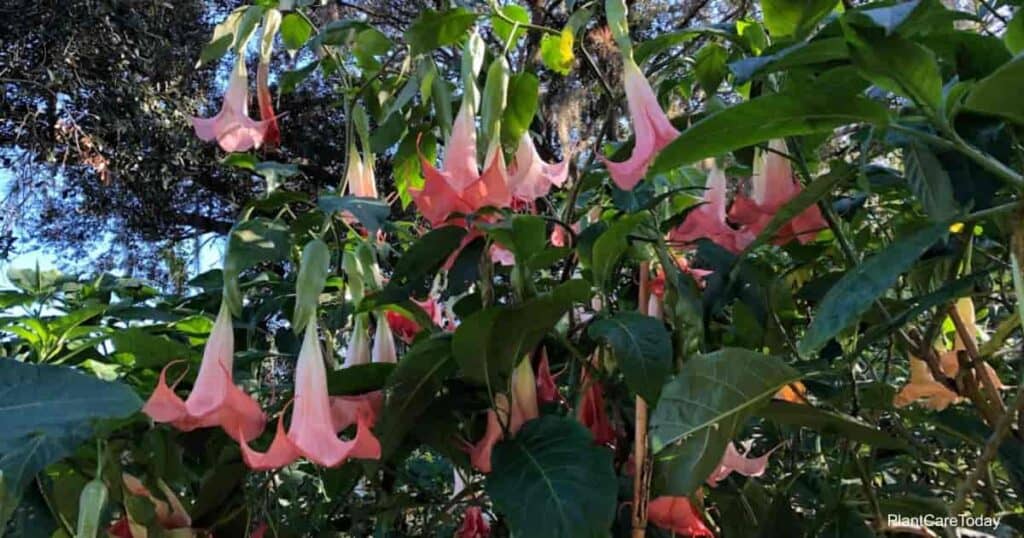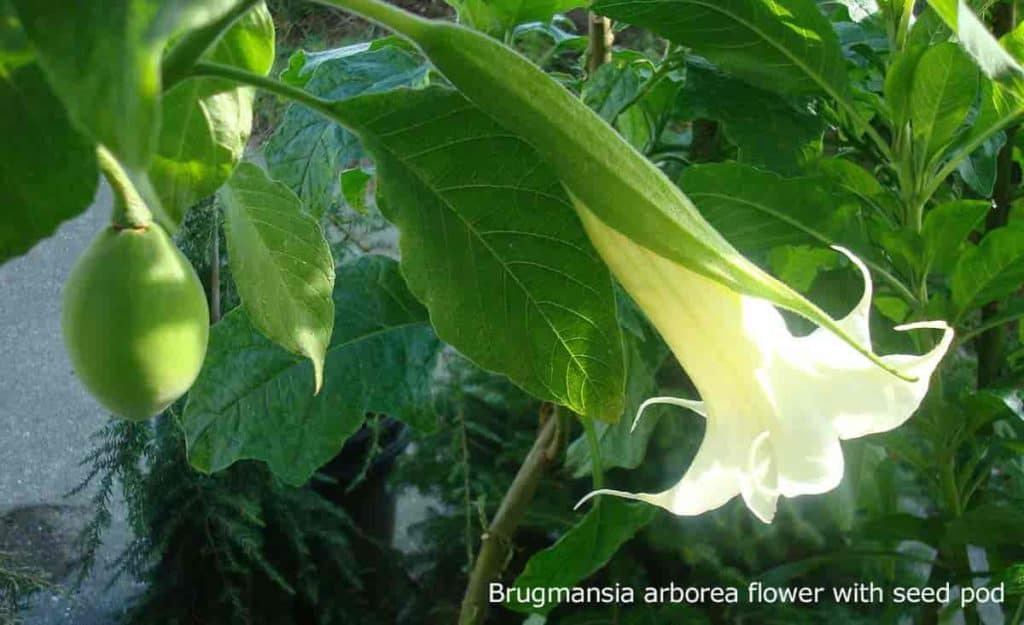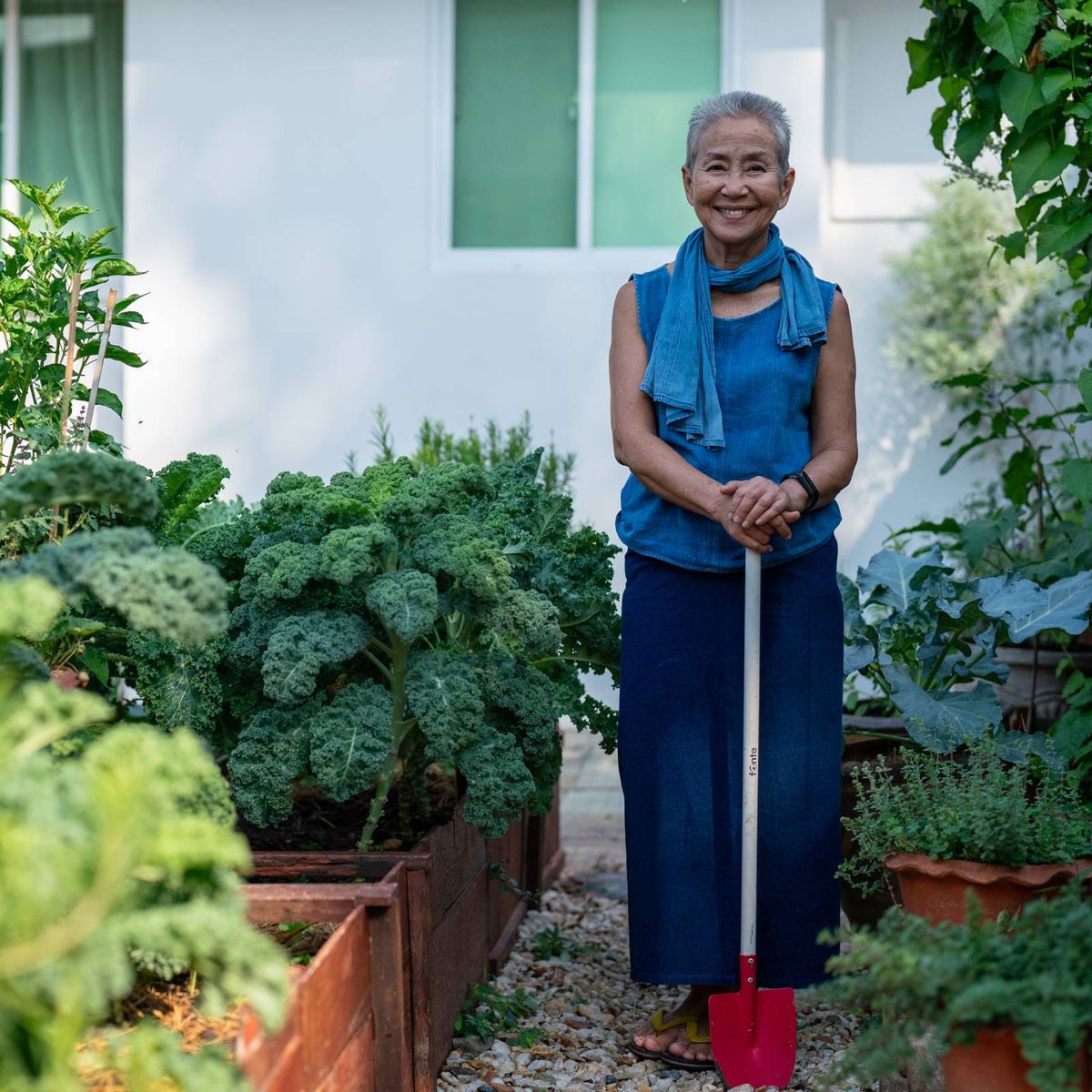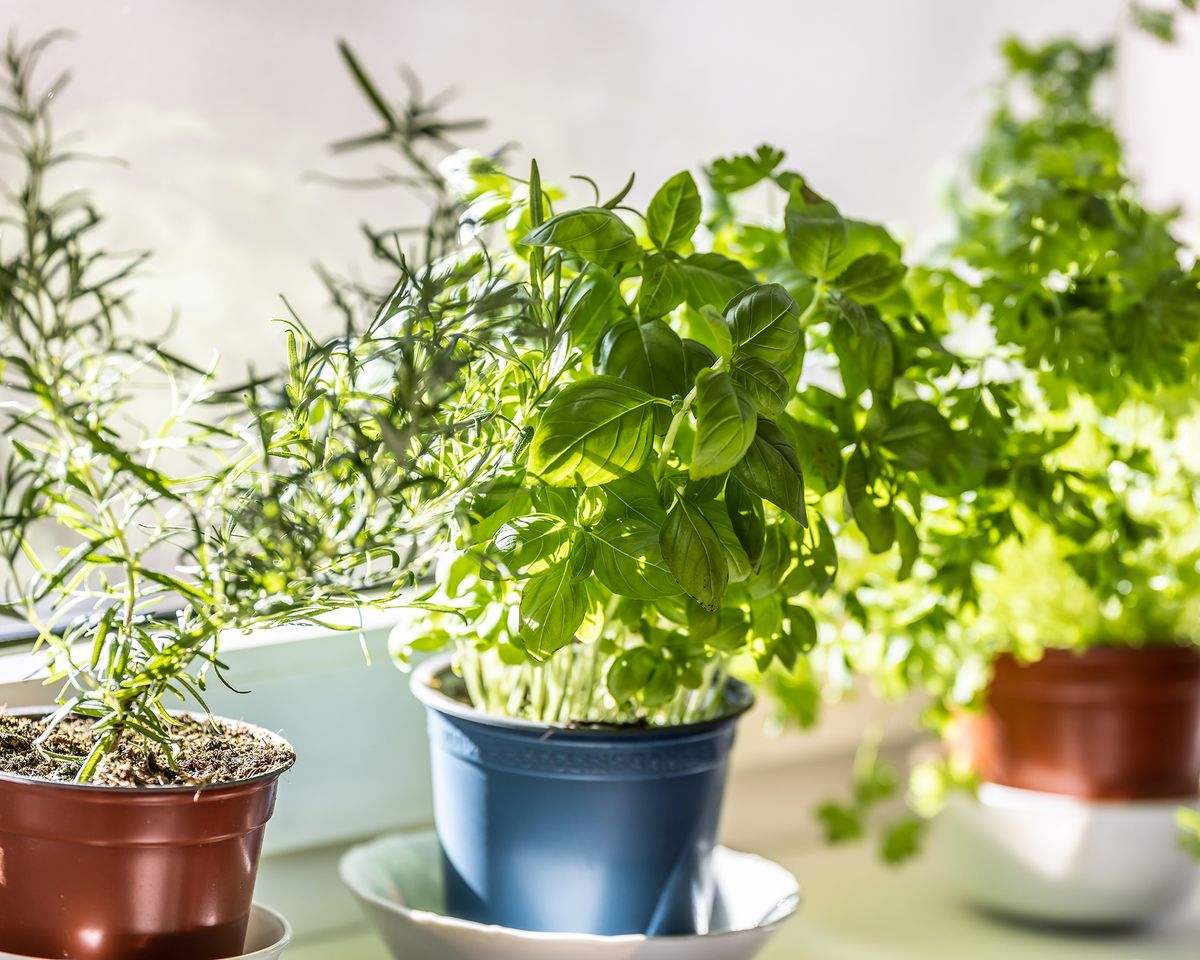Brugmansia, known as angel’s trumpet, is a plant that catches the eye with its big, trumpet-shaped flowers. It grows in many gardens around the world. People like it for its beauty, but it also has a darker side that not everyone knows about.

Brugmansia holds many secrets that might surprise you. This plant has played roles in history, culture, and science beyond what most people think. From its use in old rituals to its odd growth habits, Brugmansia is more than just a pretty flower. It’s a plant that makes us want to learn more.
#1 – Historical Use of Brugmansia in Indigenous Rituals
Brugmansia has played a significant role in South American indigenous cultures for centuries. The Urarina and other Andean communities have incorporated this plant into their shamanistic practices.
These cultures use Brugmansia for divination and healing rituals. Shamans, known as curanderos in the Northern Peruvian Andes, employ various Brugmansia species for both curative and psychotropic purposes.
The plant’s spiritual significance is deeply rooted in these traditions. Indigenous healers believe Brugmansia can open doors to the spirit world, allowing them to communicate with ancestors and divine entities.
In some rituals, Brugmansia is prepared as a drink or inhaled as smoke. The plant’s potent effects help induce altered states of consciousness, which are central to many traditional ceremonies.
#2 – Brugmansia Plant’s Toxicity and Hallucinogenic Effects
Brugmansia, while beautiful, contains potent alkaloids that pose serious risks to those who come into contact with it. Its main compounds, scopolamine and hyoscyamine, affect the nervous system and can have dangerous consequences. Here’s what you need to know:
Alkaloids: Brugmansia contains scopolamine and hyoscyamine, powerful compounds that can cause hallucinations and toxic reactions.
Historical Use: Some cultures have used Brugmansia in traditional medicine and spiritual practices for its hallucinogenic properties.
Effects:
- Small doses: confusion, dilated pupils, rapid heartbeat
- Large doses: delirium, seizures, or even death
High Risk: Experimenting with Brugmansia recreationally is extremely dangerous, as the difference between a “safe” dose and a toxic one is very narrow.
Despite its historical uses, the dangers far outweigh any perceived benefits of Brugmansia.


#3 – The Myth of “Second Sight”
Brugmansia plants have a long history of being linked to supernatural abilities. In the 1850s, people believed these flowers could give special powers of perception.
One interesting myth was that Brugmansia could help find hidden treasure. Some 19th-century explorers in Colombia reported this belief among local people.
The idea of “second sight” is tied into cultural stories about seeing beyond normal reality. This concept wasn’t unique to Brugmansia – other cultures had similar ideas about plants giving visions.
While these myths are fascinating, it’s important to note that Brugmansia is actually very dangerous. Its effects are unpredictable and can be deadly.
The legends around Brugmansia show how plants can capture human imagination. They reveal interesting cultural beliefs, even if the claims aren’t scientifically valid.
#4 – Misunderstanding and Confusion with Datura
Brugmansia and Datura are often mistaken for each other due to their similar appearance. Both plants have trumpet-shaped flowers and belong to the nightshade family.
The main difference is that Brugmansia flowers point downward, while Datura flowers face upward. Brugmansia grows as a shrub or small tree, while Datura is usually smaller and herbaceous.


This confusion can be dangerous, as both plants contain toxic compounds. Brugmansia is generally more potent and can cause severe hallucinations if ingested.
In traditional medicine, some cultures use these plants for various purposes. However, the similarity between Brugmansia and Datura can lead to accidental misuse, potentially resulting in harmful effects.
Proper identification is crucial for gardeners, herbalists, and anyone interested in these plants to ensure safety and avoid unintended consequences.
#5 – Symbolism in Folklore and Literature
Brugmansia has a rich history in folklore and literature. Its striking trumpet-shaped flowers have captured the imagination of many cultures.
In South American folklore, Brugmansia is often linked to the supernatural. Some stories portray it as a gateway to other realms, blurring the line between reality and illusion.
Literature has also embraced the plant’s dual nature. Writers often use Brugmansia to symbolize both beauty and danger. Its alluring appearance contrasts with its toxic properties, making it a perfect metaphor for seductive but perilous situations.
The plant’s nocturnal blooming habits have led to its association with mystery and secrets in some literary works. This adds depth to narratives involving hidden truths or nighttime adventures.
#6 – Unique Pollination Strategies
Brugmansia flowers have fascinating pollination mechanisms. They bloom at night, which is uncommon for many plants.
The flowers release a strong, sweet scent after dark. This enchanting fragrance attracts specific moth species.
Moths are the main pollinators for Brugmansia. They have long tongues that can reach the nectar deep inside the trumpet-shaped flowers.


As moths feed on nectar, they pick up pollen on their bodies. They then transfer this pollen to other Brugmansia flowers, helping the plants reproduce.
This night-blooming strategy helps Brugmansia avoid competition with daytime pollinators. It’s a clever adaptation that ensures successful pollination in its natural habitat.
#7 – Use of Brugmansia in Traditional Medicine
Brugmansia has a long history in traditional medicine. Different cultures have used parts of the plant to treat various health issues.
Brugmansia plants have been used for inflammations, rheumatic arthritis, wounds, and skin infections. They have also been applied to help with headaches, asthma, and colic.


Some traditional healers have used Brugmansia for its supposed pain-relieving properties. The Angel Trumpet plant’s leaves and flowers are often made into teas or poultices.
It’s important to note that Brugmansia is highly toxic. All parts of the plant contain dangerous compounds. Using Brugmansia without proper knowledge can lead to severe health risks.
Medical experts strongly advise against using Brugmansia for self-treatment. The plant’s toxicity makes it unsafe for general use in modern medicine.
#8 – Cultural Significance in Modern Practices
Brugmansia continues to play a role in some modern cultural practices. It is still used in traditional healing rituals in certain South American communities.
Some modern shamans and herbalists view Brugmansia as a powerful plant with spiritual properties. They may use it in ceremonies to gain insight or connect with the spirit world.


The plant’s hallucinogenic effects contribute to its ongoing cultural significance. However, its use is controversial due to safety concerns.
In some areas, Brugmansia is seen as a sacred plant. It’s sometimes used in rituals meant to induce visions or altered states of consciousness.
Despite its traditional uses, many experts warn against using Brugmansia due to its high toxicity. Its cultural role remains complex and debated in modern times.
#9 – Unique Biological Features
Brugmansia plants have several remarkable biological traits. Their flowers are exceptionally large, often reaching 20 inches in length. These blooms hang downward like trumpets, giving the plant its common name, “angel’s trumpet.”
The flowers open at night and emit a strong, sweet fragrance to attract nocturnal pollinators. This evening-blooming habit is an adaptation to their natural environment.


Brugmansia grows as a shrub or small tree, with some species reaching heights of 30 feet. The plant rapidly grows, sometimes growing several feet in a single season.
Its leaves are large and arranged alternately on the stems. They can be up to 10 inches long and have a coarse texture. This leaf structure helps the plant maximize sunlight absorption for photosynthesis.
The Mystical Origins of Brugmansia
Brugmansia’s roots stretch deep into ancient South American culture. This plant has played a key role in spiritual practices and traditional medicine for centuries.
Historical Background
Brugmansia first grew wild in the Andes mountains. Native people discovered its powerful effects long ago. They used it in rituals and healing.
The plant’s trumpet-shaped flowers caught the eye of explorers. In the 1800s, scientists began to study it. They gave it the name Brugmansia after a Dutch professor.
For a long time, people thought Brugmansia and Datura were the same. But in 1973, experts split them into two groups. This helped us learn more about each plant’s unique traits.
Cultural Significance
Many South American cultures see Brugmansia as sacred. Shamans use it to talk with spirits. They believe it can heal and bring visions.
In some places, people think Brugmansia protects their homes. They plant it near doors to keep bad spirits away.
The Quechua people call it “huacacachu,” which means “tree of the huacas.” Huacas are holy places or objects. This name shows how much they respect the plant.
Artists often paint Brugmansia in their work. Its beauty and mystery make it a popular subject. This helps keep its cultural importance alive today.
Unique Characteristics of Brugmansia
Brugmansia plants have several distinctive features that set them apart from other flowering plants. Their unusual growth patterns and flower structure make them a unique and eye-catching addition to gardens.
Distinctive Flower Structure
Brugmansia flowers are large and trumpet-shaped. These pendulous blooms hang downward, giving the plant its common name, “angel’s trumpet.”
The flowers come in a variety of colors, including white, yellow, pink, and orange. Some varieties even display multiple hues on a single bloom.


One of the most striking features of Brugmansia flowers is their intense fragrance. The scent is especially strong in the evening, often described as a mix of jasmine, gardenia, and citrus notes.
Unusual Growth Patterns
Brugmansia plants can grow quite large, sometimes reaching heights of 10-15 feet. They often develop a tree-like structure with multiple branches.
These plants have a rapid growth rate, capable of adding several feet to their height in a single growing season. This fast growth allows them to establish themselves in gardens quickly.
Brugmansia can be grown as a shrub or trained into a small tree form. Their versatile growth habit makes them adaptable to various garden designs and spaces.
In frost-free climates, Brugmansia can grow year-round. In colder regions, they may die back to the ground in winter but can regrow from the roots in spring.
Brugmansia in Modern Gardens
Brugmansia has become a popular choice for modern gardens. Its large, trumpet-shaped flowers and sweet fragrance make it a striking focal point.


Many gardeners use Brugmansia as a centerpiece in container gardens. The plant’s dramatic appearance can transform patios, decks, and entryways into exotic retreats.
In warmer climates, Brugmansia thrives as a permanent outdoor fixture. It can grow into small trees, providing both shade and visual interest.
Some key features of Brugmansia in modern gardens include:
- Versatile growing options (containers or in-ground)
- Enchanting evening fragrance
- Large, showy flowers in various colors
- Tropical feel for any garden setting
Gardeners should note that all parts of Brugmansia are toxic. Proper precautions are necessary, especially in gardens with children or pets.
Despite its beauty, Brugmansia requires careful consideration. It needs regular pruning to maintain its shape and size in smaller spaces.
Frequently Asked Questions
Brugmansia plants fascinate many with their unique features and complex history. These trumpet-shaped flowers have sparked curiosity about their characteristics, cultivation, and cultural importance.
How does the Brugmansia ‘Charles Grimaldi’ variety differ from other species?
‘Charles Grimaldi’ is a popular Brugmansia hybrid known for its large, fragrant flowers. This variety produces golden-yellow blooms that can reach up to 15 inches in length. It grows quickly and blooms frequently, making it a favorite among gardeners.
Can Brugmansia be cultivated from seeds, and what are the best practices for propagation?
Brugmansia can be grown from seeds, but propagation by cuttings is more common. Seeds take longer to mature and may not produce plants identical to the parent. Cuttings root easily in water or moist soil and grow quickly into new plants.
Why has Brugmansia been classified as extinct in the wild, and what conservation measures are being taken?
Brugmansia is considered extinct in the wild due to habitat loss and over-harvesting. Conservation efforts focus on preserving genetic diversity through cultivation in botanical gardens. Some organizations work to reintroduce Brugmansia to protected areas in its native range.
Closing
Brugmansia plants are more than just pretty flowers. They have deep ties to culture and science.
- These plants can cause hallucinations. People have used them in rituals for centuries.
- Angel’s trumpet flowers come in many colors. White, yellow, pink, and orange blooms hang like trumpets.
- The plants are very toxic. All parts contain dangerous chemicals.
- Brugmansia releases a strong scent at night. This attracts night-flying moths for pollination.
- Scientists study these plants for potential medicines. The chemicals may help treat some illnesses.
- Gardeners prize Brugmansia for its large, showy flowers. However, it needs careful handling due to its toxicity.
- The plants play a role in South American folklore. Many stories and legends feature Brugmansia.
The facts show how Brugmansia connects nature, culture, and science. Angel trumpets are a plant that demands respect and caution.











